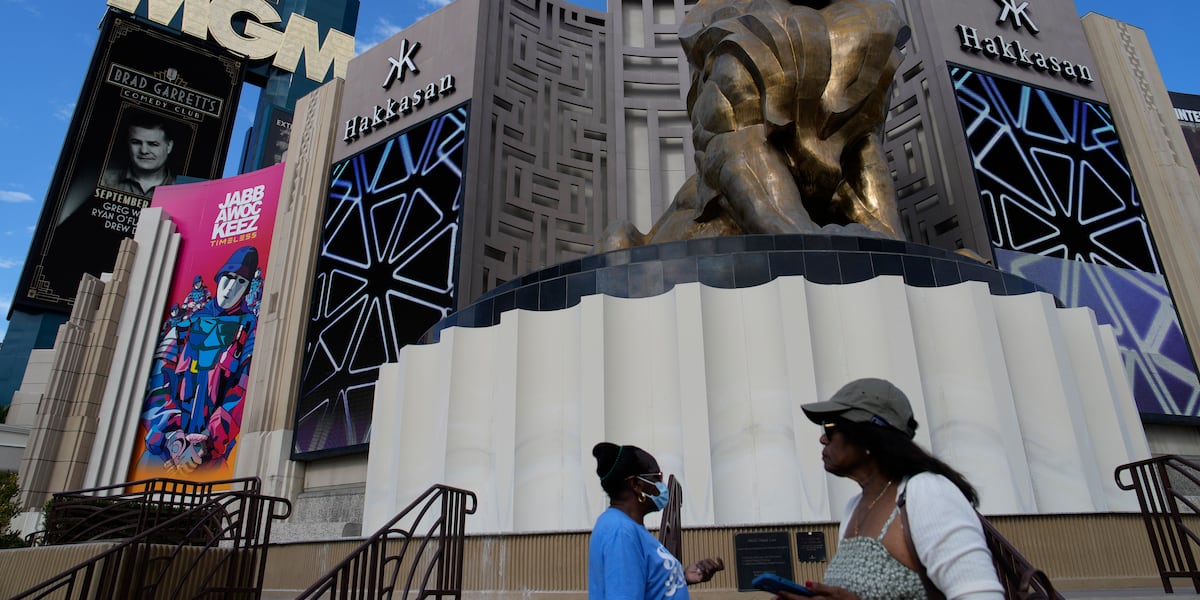World
How MLS Schedulers Could Help Messi’s 2026 World Cup Outlook

Lionel Messi of Argentina celebrates with the trophy after the team’s victory in the 2024 Copa … [+]
Here’s what we learned about Argentina at Copa America:
1) This is arguably the deepest team the Albiceleste has ever had.
2) Time for its all-time best player is growing short.
As Argentina defeated Colombia 1-0 in Sunday night’s Copa America final on Lautaro Martinez’s extra time goal, it did so despite seeing Lionel Messi exit the game just over the hour mark with what has since been called an ankle ligament injury. Just as notably, the level of Argentina’s play took no noticeable dip following his exit in the final, nor did it suffer in Argentina’s final group game, a 2-0 victory over Peru in which Messi was rested due to fitness concerns.
While Messi’s tearful countenance after his removal perhaps suggested an element of finality to his involvement with the national team, there is no official word yet on whether he will continue to play for Argentina through the 2026 World Cup.
But we do know that Messi has said Inter Miami will be his final club side, suggesting the end is considerably nearer than it appeared when he defied father time at age 35 to lead Argentina to the 2022 World Cup and win an eighth Ballon d’Or. And we know his current contract runs only through the end of the 2025 season, which would come several months before the 2026 tournament kicks off in the United States, Canada and Mexico.
In that context, signing an extension to stay fit for one final ride with the Argentine the most for all parties involved if it was only a six-month extension. And that six-month extension would be far easier to reach if MLS makes a critical change it has already hinted at, and plays split seasons in 2026 and potentially beyond.
While split seasons are relatively rare wordwide, they are the norm in most CONCACAF domestic leagues. And MLS Commissioner Don Garber already suggested playing an Apertura and Clausura in a fashion similar to Liga MX might be how the league orchestrates a break for the 2026 tournament.
In MLS, this would probably look something like a 17-game Spring regular season that began in early February and concluded in early May, followed by a playoff that wrapped up just before players were called into their World Cup camps. A spring champion would be crowned, and then MLS would engage in the same 17-game-plus-playoff format in the fall.
Regardless what happens in the longer term — and there are reasons independent of Messi that MLS could consider a permanent split season format — adopting this format for 2026 would provide the perfect off-ramp for Messi and Miami if the former wants to make one more major international tournament appearance.
There is already a template for this in Gareth Bale’s brief time with LAFC. The Welshman was considerably younger than Messi when he arrived in MLS. But part of the appeal was a domestic season that concluded immediately before Wales’ participation in the 2022 World Cup in Qatar.
Bale ultimately was a luxury sub for Steve Cherundolo throughout the latter portion of the season. But that luxury was ultimately what put LAFC over the top, when he came on in the first half of extra time in the 2022 MLS Cup final, then scored the latest and most famous goal in MLS Cup history.
Bale ultimately retired after playing for Wales in Qatar, forgoing the remainder of his 18-monthy LAFC contract.
And Messi’s production is clearly slowing to the point where it’s hard to imagine him being a 90-minute player for two more seasons, but not so far that you couldn’t envision him as still an important one 24 months from now.
Messi played 80% of Argentina’s minutes at the tournament, the lowest proportion of his side’s minutes he has contested at a major tournament since the 2016 Copa America. And it comes after a domestic campaign where minor injury issues have considerably reduced his availability. He’s played exactly 50% of Miami’s league games (12 out of 24) and about 48% of its minutes. Only six of the 12 league matches he’s missed were direct conflicts with Argentina national team matches.
Even so, he still is tied for the team lead with 12 goals and is second for Miami with 13 assists behind Julian Gressel’s 14. And he still had a goal and an assist in the Copa America, and has three more for Argentina a third of the way through their current World Cup qualifying campaign.
Part of this is ultimately up to Messi, who has never shown that much outward interested in being something other than a 90-minute player. But he alsoo appears happiest when he’s with the Argentina national team side, and pretty comfortable in Miami where he’s accompanied by several longtime friends and teammates and can enjoy a somewhat more normal life than he has any hope of in Europe or Argentina.
The benefits for MLS would be obvious, with the spring of 2026 serving as a highly publicized farewell tour in the same markets that will host World Cup matches.
The expense of extending Messi for another six months would theoretically be more palatable for Miami, knowing there would be very little risk of Messi’s effort level waning as the Herons vied for a short-season title, and as their No. 10 readied his body for one more major international show. There would also be little in the way of conflict with international matches in that final spring — presumably just one March window that Messi would spend playing a pair of tune-up friendlies.
And the commercial benefits for Messi and his camp would be obvious, with the ability to use the world’s greatest sporting event as the launchpad for a transition into whatever lies after his playing career.









